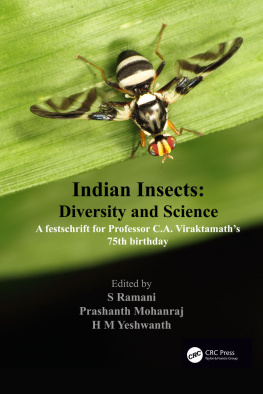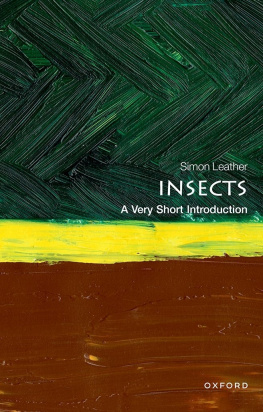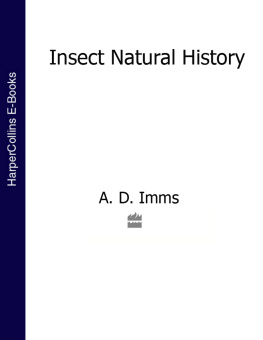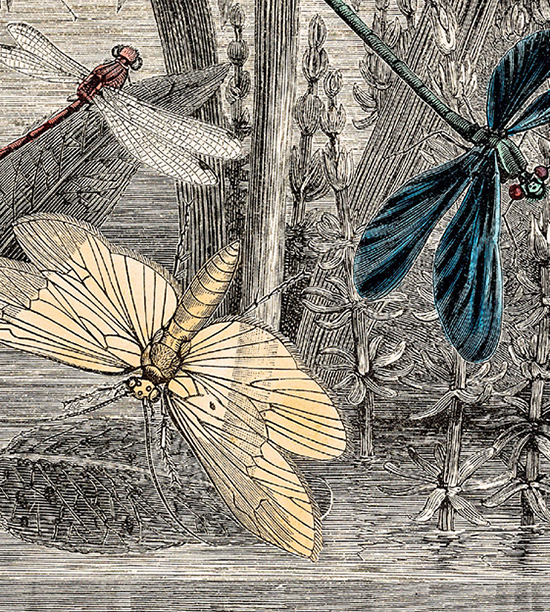MICHAEL S. ENGEL
STERLING and the distinctive Sterling logo are registered trademarks of Sterling Publishing Co., Inc.
2018 American Museum of Natural History
All rights reserved. No part of this publication may be reproduced, stored in a retrieval system, or transmitted in any form or by any means (including electronic, mechanical, photocopying, recording, or otherwise) without prior written permission from the publisher.
ISBN 978-1-4549-3352-6
For information about custom editions, special sales, and premium and corporate purchases, please contact Sterling Special Sales at 800-805-5489 or .
sterlingpublishing.com
Cover design by Scott Russo
Interior design by Ashley Prine, Tandem Books
Picture Credits see page 207
The American Museum of Natural History is one of the worlds preeminent scientific, educational, and cultural institutions. Since its founding in 1869, the Museum has pursued its missionto discover, interpret, and share information about human cultures, the natural world, and the universethrough a broad program of scientific research, education, and exhibition.
Each year, millions of visitors experience the Museums 45 permanent exhibition halls, which include world-famous diorama halls and fossil halls as well as the Rose Center for Earth and Space and the Hayden Planetarium. The Museums scientific collections, only a tiny fraction of which are on view, contain more than 34 million specimens and artifacts. These collections are an invaluable resource for the Museums scientists, for graduate students in the Museums Richard Gilder Graduate School, and for researchers around the world.
Visit amnh.org for more information.
Drawing of the Museum, 1926, by John Russell Pope, from a hand-colored lantern slide.
The chiefest cause, to read good books,
That moves each studious minde
Is hope, some pleasure sweet therein,
Or profit good to finde.
Now what delight can greater be
Than secrets for to knowe
Of Sacred Bees, the Muses Birds,
All which this booke doth showe.
Charles Butler, The Feminine Monarchie, or the Historie of Bees, 1609
The ornate cover of W. F. Kirbys European Butterflies and Moths (1889 [1882]), one of the stunningly illustrated entomological volumes from the American Museum of Natural History Rare Book Collection.
FOREWORD
When the American Museum of Natural Historys Library began building its collection 150 years ago, our mission was to create a repository of recorded natural science thought and observation throughout the centuries. Much has changed since 1869, but the Librarys original commitment has not. What has changed is our understanding of the important role played by each of the organisms that share our fragile planet, regardless of their size. While most of us larger mammals and more-apparent creatures are well known, a scientist seeking to make discoveries of new animals today need only look to the insects, where most species are yet to be described and named. When they do join the ranks of the known, a record of their existence will join the many others that came before them in the Library.
Its been said that natural science literature has a longer memory than other sciences, and this is true in the sense that published descriptions of species and localities are valuable for the snapshots in time they provide. This still-vital informationin images and textretains its relevance and beauty today. Among our collections are thousands of marvelously illustrated books containing hundreds of thousands of illustrations of all manner of insects. And the insects reproduced in the following pages are beguiling beyond words. With a few exceptions, the images in this volume are from books in the Museum Librarys collection. That this up-to-date, scientific work could be nearly entirely illustrated with images from older volumes in our collection is a testament to the timelessness of these works.
The collection has grown over the years through purchases and many gifts. Book collectors are often characterized as obsessive, and one particularly generous collector was no exception. When the Museum learned that it had been named in the will of an important and idiosyncratic collector of natural history insect books and insect specimens, we were thrilled to retrieve the rich trove of thousands of rare volumes and specimens from the collectors home. Interestingly, the collections lovingly comingled throughout the house, so that it seemed as if they were feeding the collectors curiosity to the end.
Innumerable Insects is a delight not only for the eyes, but for the curious mind, ready to ponder the fables and facts laid out by its articulate and erudite scientist-scholar-author Michael Engel. We humans are lucky insects are so small. They outnumber all the other species combined. Equipped with nothing short of superpowers, if insects were a few orders of magnitude larger in scale, they would certainly dominate our planet. As it is believed that only a fifth of insect species are known to science, revelations of more surprising powers certainly await. If




















